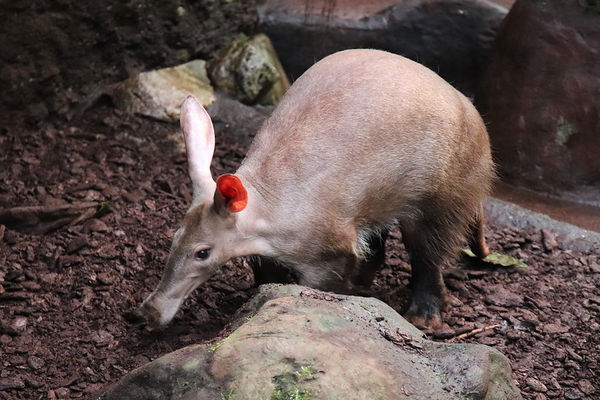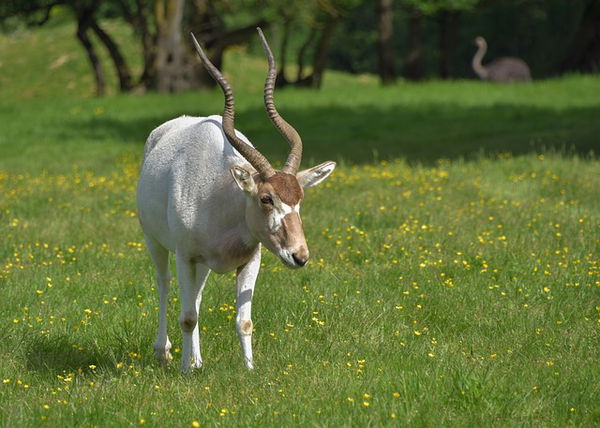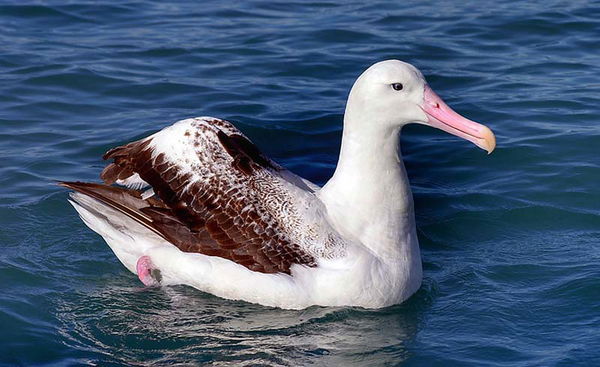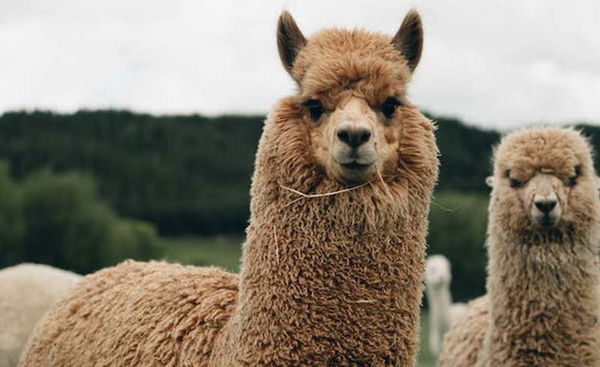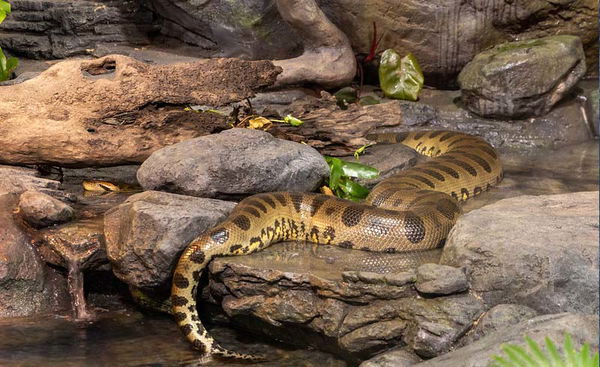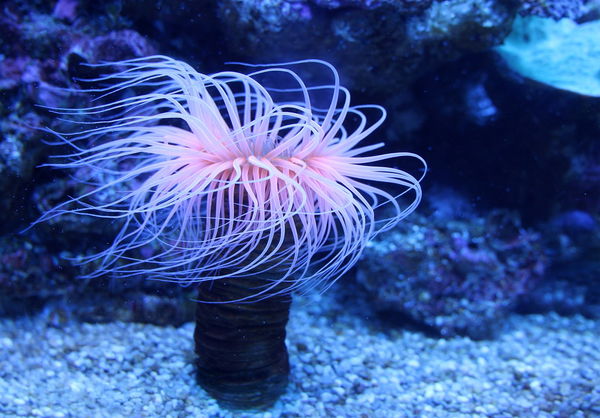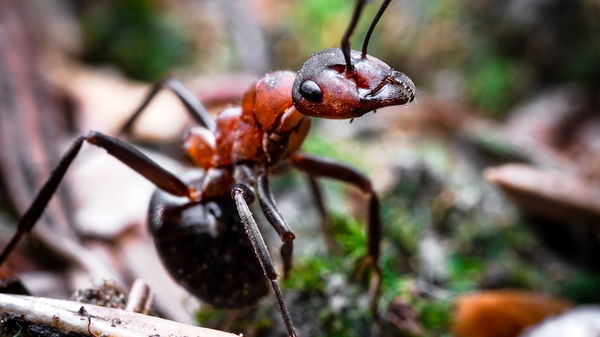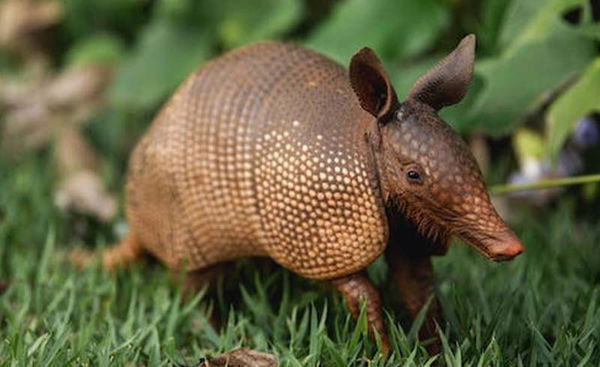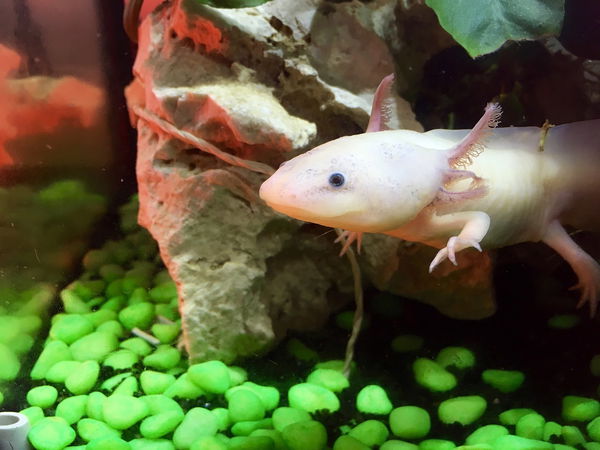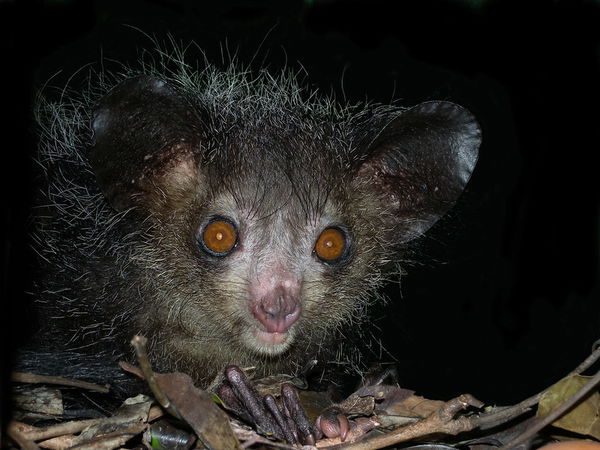The aardvark is an African animal characterized by its long, sharp snout, which it uses to search for insects and small invertebrates in the ground. It is also known for its tough, scaly fur, which protects it from attacks by predators. The aardvark is a solitary and nocturnal animal that feeds primarily on ants and termites.
Although the aardvark is a harmless animal to humans, it is considered vulnerable due to habitat degradation and poaching. Humans often hunt the aardvark for its meat, skin, and claws, which are used in amulets and jewelry.
